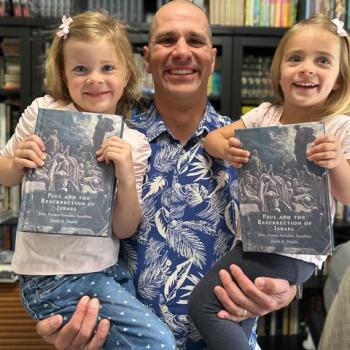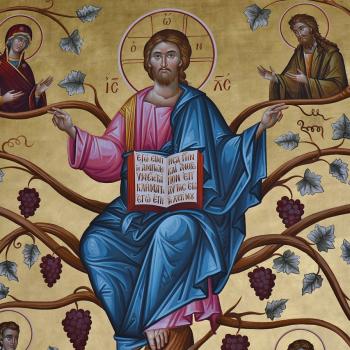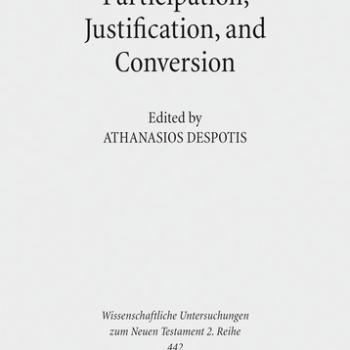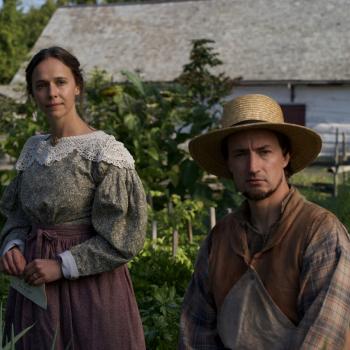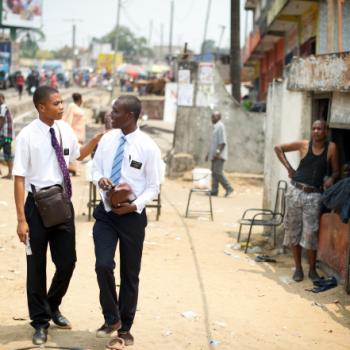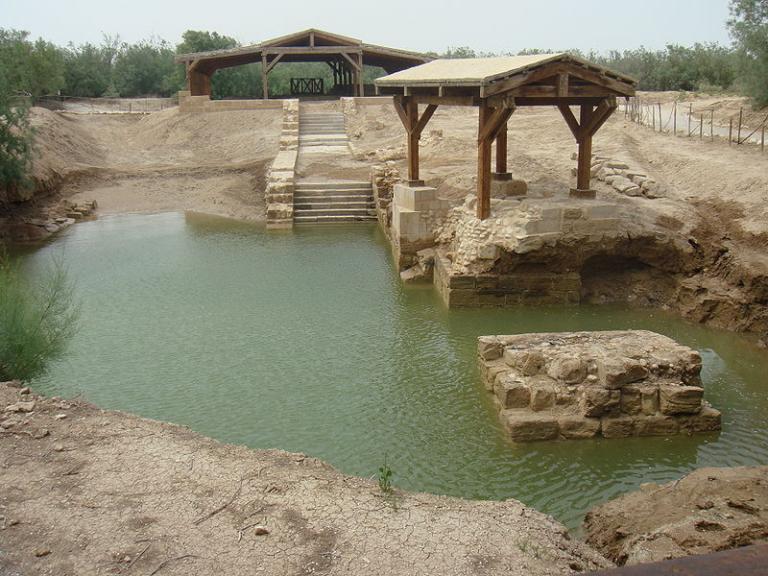
(Wikimedia Commons)
We began this morning with a short drive from our hotel in Jericho to the traditional site of John’s baptism of Jesus. I like the site. I think it’s likely very close to the real place. (It’s far better than Yardenit, the popular baptismal location further north, at the lower end of the Sea of Galilee. That site simply cannot be authentic. Besides which, the schmaltzy gift shop through which one must exit Yardenit, which is owned and operated by an Israeli kibbutz that earns a substantial portion of its income from targeting Christian tourists, irritates me quite a bit.)
I think that I first visited al-Maghtas, as it’s called, from the Jordanian side. (Maybe I’d been there earlier on the Israeli western bank of the river, but, if so, I don’t recall the occasion.) The president of the University of Jordan took me and then-BYU president Merrill Bateman down to it from Amman, and I was immediately taken with the place. It’s much better developed now, on both sides of the River Jordan. I think I’ll write a column about it someday.
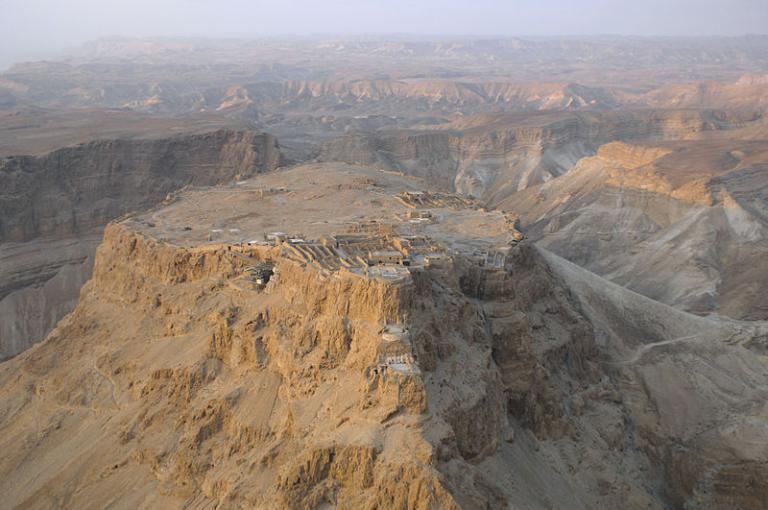
Then we drove along the western shore of the ever-shrinking Dead Sea, down to the remarkable place known as Masada. The scenery and the history there — King Herod, the Jewish rebels against Rome, the Roman siege, the mass suicide — are extraordinarily and equally dramatic.
Coming back to the north, we stopped off at Qumran, where the Dead Sea Scrolls were found. I was able to tell the folks on my bus about BYU’s pivotal role with the publication of the Scrolls. This was a FARMS project, and a great one. When, however, somebody asked what new projects the Maxwell Institute was involved in along those lines, I was unable to answer. The visionary drive of the organization is gone. It’s deeply, deeply sad. What a flourishing, exciting organization the old FARMS (Maxwell Institute) was. The morale was high, the enthusiasm was unflagging, the spirit of camaraderie was wonderful, donors and supporters were excited. The sky was the limit, to coin an entirely original phrase. Now, though, “there hath pass’d away a glory from the earth.” And the destruction was all so utterly and completely unnecessary . . .
Oh well. On to brighter things.
Some peeled off from the scheduled itinerary after Qumran to go with Jack Welch for a visit to Bethany (al-Azariyya), the home of Mary and Martha and Lazarus (whose traditional tomb is located there), and to drive over to St. George’s Monastery in the Wadi Kelt. My wife was one of them. So was Lou Midgley. I felt obliged, though, to stay with those who wanted to go for a float in the Dead Sea. So I did.
Then we made the ascent from the Dead Sea (at roughly 1400 feet below sea level) to Jerusalem (at about 2500 feet above sea level).
I love the first glimpse of Jerusalem on that road, coming from the tunnel. I try never to ruin the surprise for the people on my bus, so that they’re stunned when, suddenly and all at once, they see the BYU Jerusalem Center, the Kidron Valley, Mount Zion, the Temple Mount, the Dome of the Rock, and the Old City. Few views are more splendid or more rich in history and significance.
I promised the proprietor of Cruise Lady that I would put a plug in for her company, which has organized this tour. So here’s the plug:
I’m doing a trip to Israel for her come next April or May, perhaps accompanied by a quick visit to Egypt. (We’ll be talking about that over the next day or two.) And I think we’re doing a Mediterranean cruise in June of 2017. These trips recharge my academic and spiritual batteries.
Posted from Jerusalem



